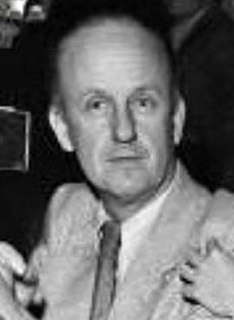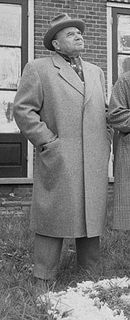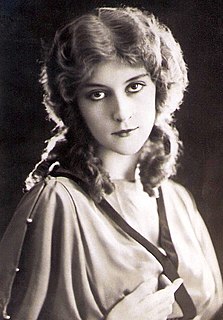Related Research Articles

Quo Vadis is a 1951 American epic historical drama film made by Metro-Goldwyn-Mayer (MGM) in Technicolor. It was directed by Mervyn LeRoy and produced by Sam Zimbalist, from a screenplay by John Lee Mahin, S.N. Behrman, and Sonya Levien, adapted from the novel Quo Vadis (1896) by the Polish Nobel Laureate author Henryk Sienkiewicz. The score is by Miklós Rózsa and the cinematography by Robert Surtees and William V. Skall. The title refers to an incident in the apocryphal Acts of Peter.
Lloyd Cassel Douglas was an American minister and author.

Ben-Hur: A Tale of the Christ is a 1925 American silent epic adventure-drama film directed by Fred Niblo and written by June Mathis based on the 1880 novel Ben-Hur: A Tale of the Christ by General Lew Wallace. Starring Ramon Novarro as the title character, the film is the first feature-length adaptation of the novel and second overall, following the 1907 short.

Robert L. Surtees, A.S.C. was an American cinematographer who won three Academy Awards for the films King Solomon's Mines, The Bad and the Beautiful and the 1959 version of Ben Hur. Surtees worked at various studios, including Universal, UFA, Warner Brothers, and MGM, lighting for notable directors Howard Hawks, Mike Nichols, and William Wyler, gaining him a reputation as one of the most versatile cinematographers of his time.
Sam Zimbalist was a Ukrainian born American film producer and film editor.

Frank Currier was an American film and stage actor and director of the silent era.

Alfredo Martinelli was an Italian film actor. He appeared in 103 films between 1916 and 1967. He was born and died in Siena, Tuscany.
Albert Arnold "Buddy" Gillespie was an American cinema special effects artist.

Georg Jacoby was a German film director and screenwriter.

Elisabeth Margarete Biermann, known professionally as Elga Brink, was a German film actress. Brink rose to prominence in the early 1920s, when she starred in many silent films. Her last silent film was Marriage in Trouble in 1928. After silent films, Brink continued acting in sound films until her retirement in 1951. Her last role was in the 1951 movie Das fremde Leben. After her retirement, Brink remarried and worked as a clerk in Hamburg until her death in 1985.
Raimondo Van Riel was an Italian actor.

Giovanni Vitrotti (1874–1966) was an Italian cinematographer and film director who worked prolifically in Italian films from the silent era onwards. He made films in a number of other countries like Germany, Russia and Poland.

Rina De Liguoro was an Italian film actress. Born Elena Caterina Catardi, she changed her name after marrying film actor and director Wladimiro De Liguoro in 1918. She appeared in leading roles in a number of Italian epics during the 1920s such as The Last Days of Pompeii. She later appeared in character roles after an unsuccessful spell in Hollywood. Her final film was Luchino Visconti's The Leopard.

Arturo Ambrosio (1870–1960) was an Italian film producer who was a pioneering and influential figure in the early years of Italian cinema.

Hollywood on the Tiber is a phrase used to describe the period in the 1950s and 1960s when the Italian capital of Rome emerged as a major location for international filmmaking attracting many foreign productions to the Cinecittà studios. By contrast to the native Italian film industry, these movies were made in English for global release. Although the primary markets for such films were American and British audiences, they enjoyed widespread popularity in other countries, including Italy.
Louis "Lou" Payne was an American character actor of the silent and sound film eras, as well as legitimate theater. His acting life began on Broadway in the first decade of the 1900s, when he appeared in the Broadway play, Her Majesty, the Girl Queen of Nordenmark, which ran at the Manhattan Theatre in 1900.
Lloyd Nosler was an American film editor, director, and screenwriter who worked in Hollywood in from the 1910s through the 1950s.